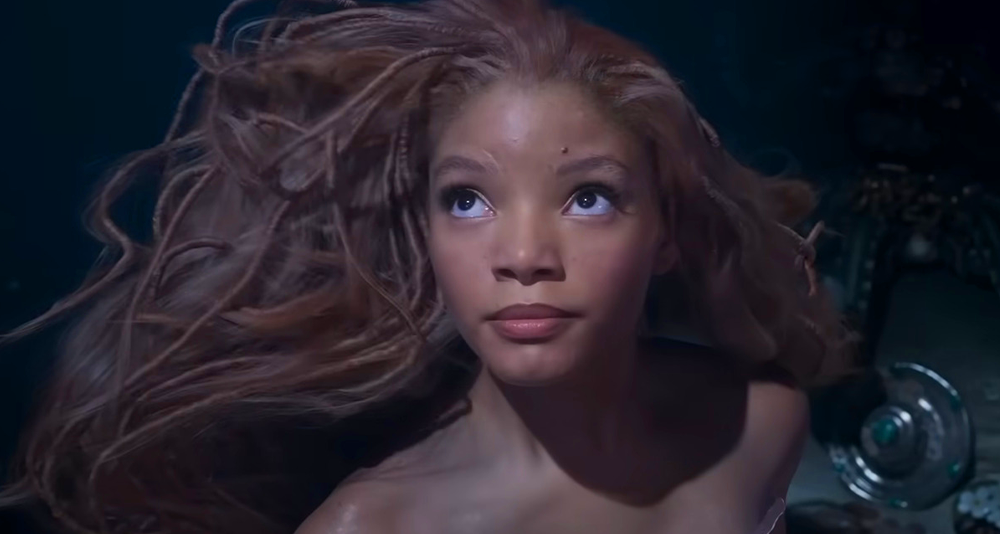The Little Mermaid – A Timeless Tale of Longing, Sacrifice, and Transformation
The Little Mermaid is one of the most enduring fairy tales in Western literature, first penned by Danish author Hans Christian Andersen in 1837. The story, steeped in longing, heartbreak, and transformation, has transcended generations through books, theater, animation, and live-action adaptations. While often associated with Disney’s 1989 animated film, the original tale is much darker and more tragic, exploring deep themes of identity, sacrifice, and unattainable love.
In Andersen’s version, the Little Mermaid is a young sea princess who longs to experience the world above the waves. Fascinated by humans and their way of life, she becomes especially enamored with a handsome prince whom she saves from a shipwreck. Desperate to be part of his world, she sacrifices her voice to a sea witch in exchange for human legs, knowing that if she fails to win the prince’s love, she will die and dissolve into sea foam.
Unlike many fairy tales, Andersen’s story does not end with a happy union. The prince marries another woman, unaware of the mermaid’s love or sacrifice. In her final act of selflessness, the Little Mermaid refuses to kill him to save herself. Instead, she is granted a different form of immortality, joining the "daughters of the air" who bring good deeds to the world. This poignant ending elevates the story from a romantic fantasy to a parable about the complexities of love, identity, and soul-searching.

The tale’s emotional depth has inspired countless adaptations, the most iconic being Disney’s 1989 animated film, which reimagines the story with a much more upbeat tone. In this version, Ariel, the fiery red-haired mermaid, rebels against her father King Triton and makes a deal with the sea witch Ursula to live among humans. Unlike Andersen’s mermaid, Ariel ultimately wins the prince’s love, defeats the villain, and is transformed into a human permanently. With its catchy music by Alan Menken and Howard Ashman, including songs like “Part of Your World” and “Under the Sea,” Disney’s The Little Mermaid revitalized the company’s animation division and launched the Disney Renaissance.
Beyond animation, The Little Mermaid has seen success on stage, in ballet, and in film. The 2023 live-action adaptation, starring Halle Bailey as Ariel, brought renewed attention to the story, sparking both praise for its diverse casting and debate about staying true to the original character design. Bailey’s performance was widely acclaimed, especially for her vocal prowess and emotional depth, bringing a modern resonance to Ariel’s struggle for freedom and identity.

Culturally, The Little Mermaid remains powerful because it speaks to universal human desires: to explore, to belong, and to be loved for who we truly are. Whether told as a bittersweet fable or a musical adventure, the story captures the tension between dreams and reality, and the price one might pay to follow their heart.
In all its forms, The Little Mermaid endures as a symbol of transformation and the emotional courage it takes to leap into the unknown—whether for love, for freedom, or simply to discover who we are beyond the surface.


